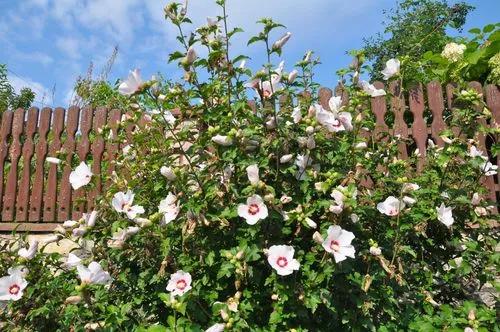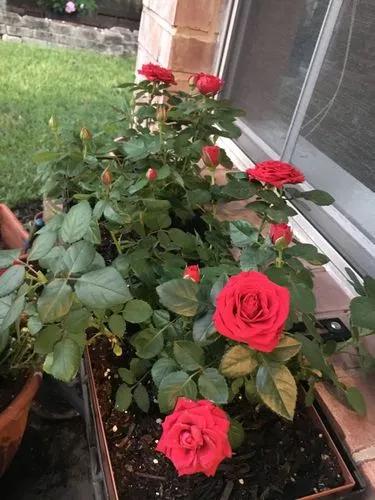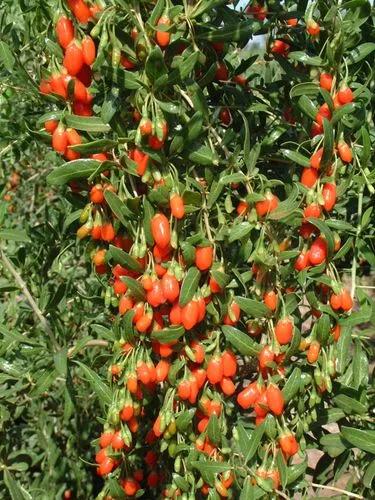Caryota is a genus of palm trees. They are often known as fishtail palms because of the shape of their leaves. One of the more widely known species is Caryota urens, the flowers of which are used to make one type of jaggery (an unrefined sugar), and also to make palm wine. Caryota mitis is native to Indochina, but has become an invasive introduced species in the US state of Florida. They are also one of the few Arecaceae with bipinnate foliage. Many grow in mountainous areas and are adapted to warm mediterranean climates as well as subtropical and tropical climates.
Fish Tail Palm Care
Caryota



How to Care for the Plant

Water

Grow fishtail palm as a houseplant, and you want to provide as much light as possible. Fishtail palms are thirsty plants. Make sure soil drains well, and then aim to keep it consistently moist. This palm's thirst makes it difficult for it to survive in places like California, where hot, drying winds prevail.

Pruning

For Fishtail palms however, very little pruning is required for their maintenance. If you want to maintain their current height, cut the vertical stalks to just below the top fronds. Spider mites are the most common pest problem of the Fishtail. Take note if you see webs on your plant, check for spider mites.

Fertilizer

Like all palms, fishtail palm has specific nutritional needs. Use a palm fertilizer, applying it at the rates recommended on the label. Many palm growers recommend watering fishtail palm first before applying fertilizer to help prevent root-burn by fertilizer salts.

Sunlight

Bright, indirect light is best, although fishtail palms will survive in almost any type of light. If you plan to move your palm outdoors during the summer months, it's best to keep it away from direct sunlight.

Soil

For houseplant fishtail palms, top problems are keeping soil and air moist enough. Use a peat-based soil mix containing materials like coir, perlite and pine bark to improve drainage and help prevent overwatering.

Temperature

Fishtail Palms prefer temperatures between 75-85 degrees during the day and 60-70 degrees at night. Try to keep a Fishtail Palm out of cold drafts and away from air conditioners. Nighttime temperatures should never go below 45 degrees.

Additional

Fishtail palms produce clusters of berries that hang toward the ground on long stalks. ... Despite their harmless appearance, these berries are toxic. Each one contains minute calcium oxalate crystals that are shaped like spines. A fishtail palm is known botanically as a monocarpic plant. This means that after it finishes flowering, the entire trunk dies. This varies from most other palms, which start flowering while young and continue to do so. However, the flowering period of a fishtail palm can span five to seven years.

Popularity

32 people already have this plant 9 people have added this plant to their wishlists
Discover more plants with the list below
Popular articles






